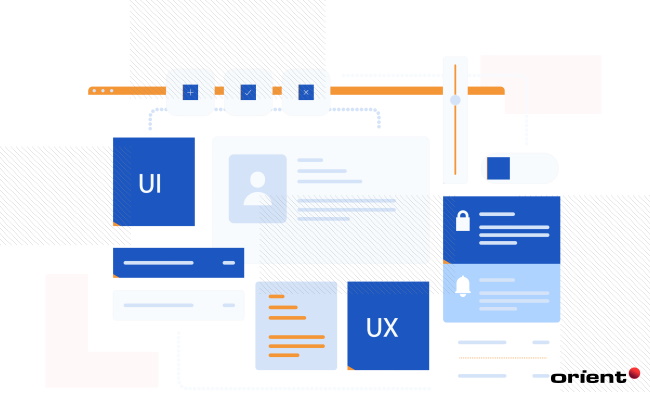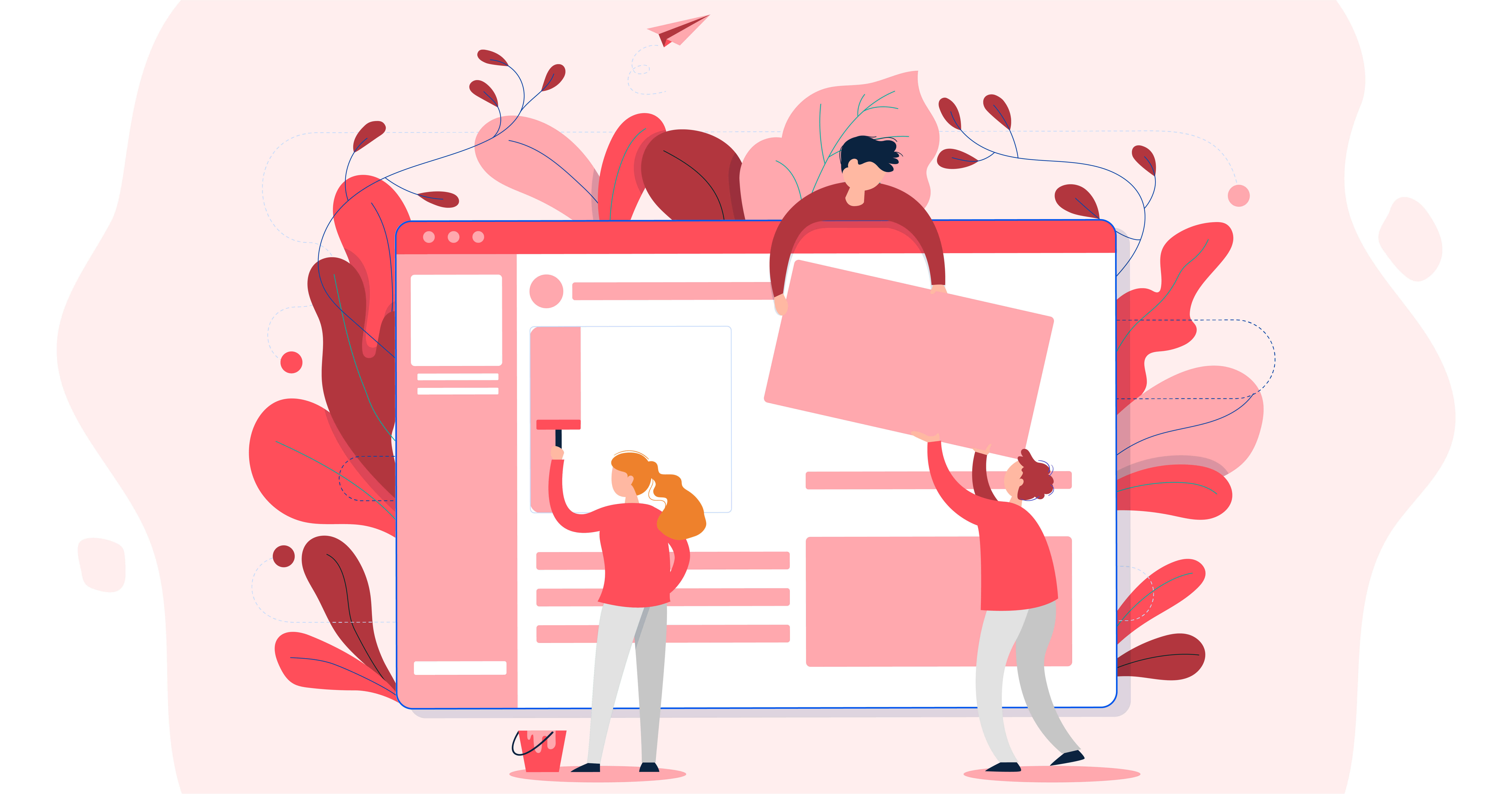
UX Research Methods: A Practical Guide to Designing What Matters
Let's demystify UX research. We'll guide you through the popular methods to gain practical insights and make user-centered decisions at every stage of the product development process.

Content Map
More chaptersAn intuitive and engaging user experience is not just a competitive advantage but a necessity, especially in modern software development. In UX design, understanding user needs and knowing how to translate human behavior into valuable insights are crucial to achieving user-centered design. That’s the topic of today’s article. We help you understand the basics of UX research methods to get started with ease. Let’s dive in.
Key Takeaways:
- UX research is essential to building user-centered digital products that are both functional and emotionally resonant. It uncovers user needs, behaviors, and pain points that drive informed design decisions.
- Usability testing and UX research serve distinct purposes: Usability testing measures task performance, while UX research reveals the deeper motivations behind user actions.
- UX research offers cross-functional value, from reducing risks and development costs to enhancing collaboration, supporting accessibility, and accelerating innovation.
- Quantitative, qualitative, and mixed methods each serve different goals. Choosing the right approach depends on your stage in the product lifecycle, timeline, budget, and research objectives.
- Popular research techniques like user interviews, card sorting, diary studies, and A/B testing should be matched strategically to your development phase for the best results.
- There’s no one-size-fits-all method. The most effective UX research is tailored, iterative, and often blended to capture both statistical trends and human context.
What Is User Experience Research?
UX or user experience research is the foundation of an effective product design process. It is the practice of analyzing user needs, behaviors, and preferences and translating them into valuable insights used to improve the user experience of a digital product or service. An UX research process includes two primary stages: Data collection and data analysis.

UX research should not be confused with usability testing. While both of them are essential in the product development cycle, they serve different purposes. Usability testing, as its name implies, focuses on assessing how users interact with a software product or service and complete tasks, thereby measuring efficiency and user satisfaction. UX research, on the other hand, seeks to understand the deeper why behind user actions, which reveals users’ realistic motivations, expectations, and pain points. The research findings prove useful in uncovering opportunities to improve the overall experience, not just individual interactions.
For example, if a user struggles to perform one or several particular tasks, usability testing might reveal the friction point. But UX research would dig deeper to uncover whether the form layout, labeling, or even the user’s expectations contributed to the issue. In brief, usability testing assumes the user is at fault and helps fix surface-level issues, while UX research assumes design is the problem and seeks to understand user struggles at their core.
Why Is UX Research Important?
As mentioned earlier, UX research is indeed the backbone of a successful, user-aligned product. An effective UX research process can bring meaningful benefits, including:
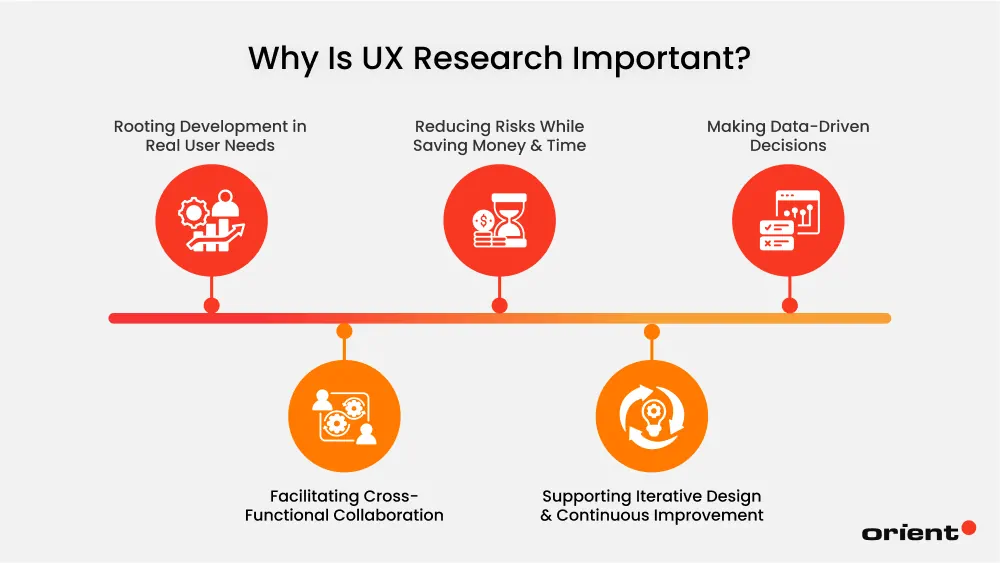
Rooting Development in Real User Needs
Proper UX research ensures that the software design and development process is guided by genuine user needs, preferences, and behaviors instead of assumptions or internal perspectives. Development teams can make the most of real insights to shape product functionality, design, and flow and foster a delightful user experience from ideation through deployment.
Reducing Risks While Saving Money & Time
Effective UX research drives valuable data that aids development teams in validating concepts, prototypes, and design decisions. Thereby, designers and developers are able to avoid costly revisions, redesigns, or product failures down the line. Moreover, it helps avoid building features that users do not need or want, making more efficient use of resources.
Making Data-Driven Decisions
Quantitative and qualitative user research methods are conducted to gain actionable insights and reduce guesswork. This empowers teams to work in a well-grounded manner and make evidence-based decisions about design, features, and functionality. Through user experience research, the development teams themselves can understand their target users at a deeper level so they can create user-centered design decisions and products that truly resonate with the audience.
Facilitating Cross-Functional Collaboration
In software development, UX research informs designs, developers, product managers, and other stakeholders alike, cultivating empathy and collaboration within the teams. This ensures that all involved are on the same page and work with a unified focus on delivering user value.
Supporting Iterative Design & Continuous Improvement
Continuous UX research throughout development phases provides continuous feedback loops that enable ongoing refinement. This helps create a “sticky” software experience that retains users and fosters loyalty, setting the stage for the long-term success of a product.
Approaches to UX Research Methods
UX research methods often fall into two primary categories:
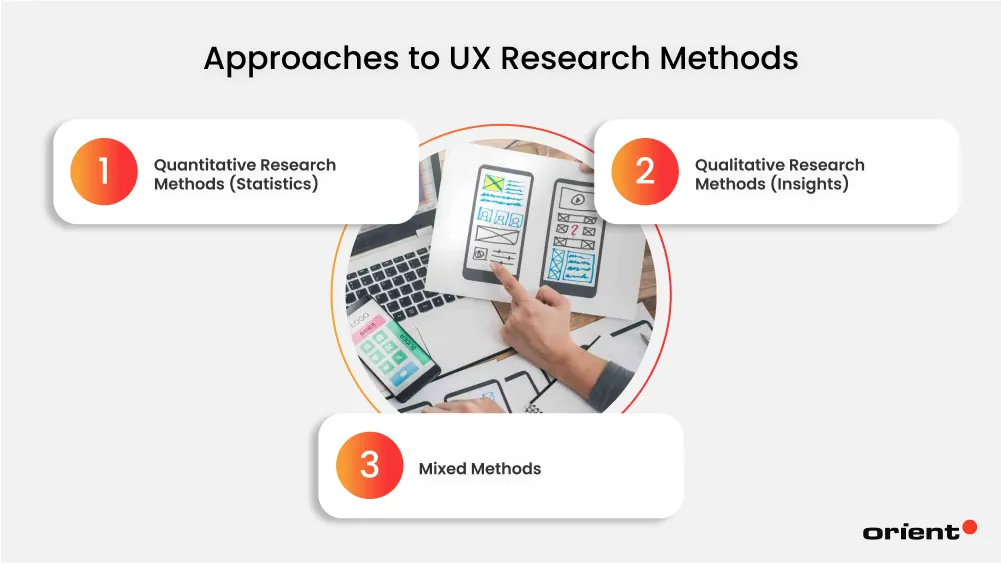
Quantitative Research Methods (Statistics)
This is a scientific approach that involves the collection and analysis of numerical data from the target users to uncover patterns, correlations, or trends. It is objective in nature, and it aims to minimizing personal bias.
At the beginning of the design thinking process, quantitative methods are usually conducted to validate hypotheses, measure usability metrics (Statistical data, such as task success rates, time-on-task, and click-through rates), and inform data-driven decisions during testing or optimization phases.
Qualitative Research Methods (Insights)
This is a behavioral approach that explores users’ motivations, thoughts, and emotions. Rather than focusing on numerical data, qualitative research allows the UX researcher and designers to uncover the why behind user actions. It reveals not just what users do but the reasoning and emotions behind those behaviors.
These qualitative data help identify usability issues and uncover opportunities for design improvements. Qualitative methods are particularly valuable during the discovery, ideation, and early design stages when development teams need to understand users’ pain points, mental models, and expectations to create solutions that truly resonate.
Mixed Methods
These research methods blend the data-driven and the behavioral approaches and leverage the strengths of both in order to provide comprehensive insights of user experience.
Different UX Research Methodologies & When to Use Them
When conducting research, the best way to start is to identify your objectives. For example, your goals could be to gather feedback on a new design or to understand how the target audience perceives your services. Clear objectives help you prioritize and select the most appropriate research methods for your project.
A UX designer or researcher can choose different ways to study their targeted users. Usually, most UX research projects use a combination of methodologies. Each helps conduct user research using a specific approach and offers unique advantages. These are the most common research techniques, including their type, how they work, and their use cases.
User Interview
User interviews are conducted as one-on-one conversations to gather information about a person’s behavior, preferences, attitudes, intentions, and opinions.

- Type: Qualitative
- How It Works: These are face-to-face or remote (online) discussions with one or more research participants from your target audience. User interviews can also be conducted informally “in the wild,” where users interact with your product or service in real-life scenarios.
- When to Use It: This method is ideal during early discovery phases or when you need in-depth qualitative insights. It helps you understand user types, pain points, mental models, decision-making processes, and areas of confusion.
- Pro Tip: Bring along an experienced interview to ensure the whole process is smooth, comfortable, and unbiased. They can help guide the conversation and ask follow-up questions without misleading the participants.
Contextual Inquiry
As its name implies, contextual inquiry is a methodology for observing and questioning participants in the user’s environment where they typically use your product or service.
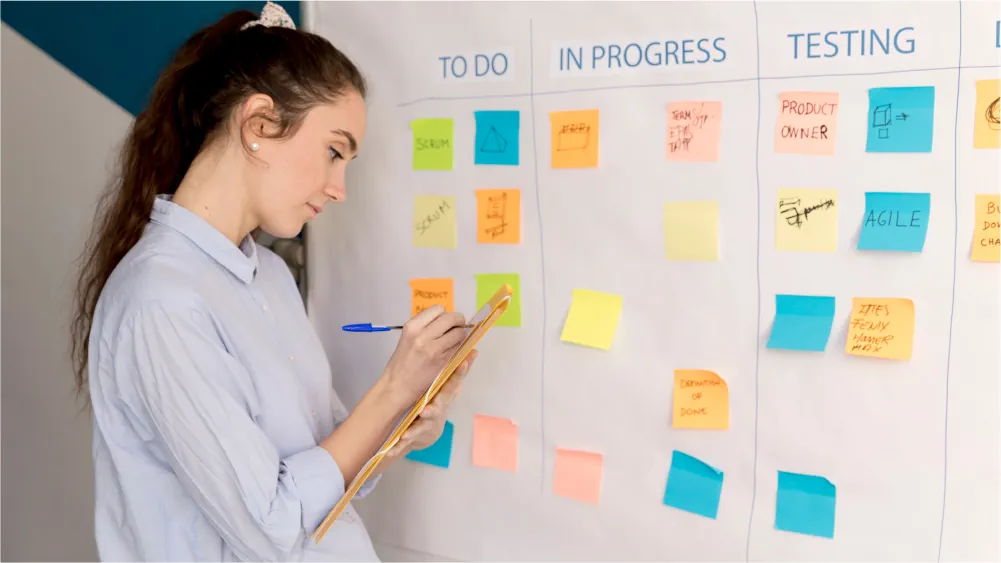
- Type: Qualitative
- How It Works: In this research method, you observe users as they go about their regular business and perform tasks in their natural environment (E.g., home, office, or where they find comfort). At appropriate moments, you ask them questions about their goals, motivations, and challenges related to their real-life experience with a product or service.
- When to Use It: Consider this method when you need to analyze and understand workflow and context-specific behaviors, especially for professional tools or work-related systems where surroundings influence usage.
Heuristic Evaluation
This is a usability inspection method where researchers assess a digital product or service - could be a web page, application, or software interface - against a predefined set of usability principles known as heuristics. The ultimate goal of this methodology is detecting usability problems early in the design process, often before user testing.

- Type: Qualitative
- How It Works: A group of usually 3 or 5 UX experts independently review the user interface. Each individual examines the design and notes down where it violates the defined heuristics. These issues are then aggregated, prioritized, and used to guide design improvements.
- When to Use It: Use before or between major design iterations to catch usability issues early and improve product effectiveness without involving end users.
Focus Groups
Typically, five to ten research participants are brought together to discuss their experiences, preferences, and opinions about a product, concept, or design, which is called a focus group. In contrast to usability testing, which focuses on how users interact with a product or service individually, this method aims to analyze group interaction and understand shared opinions and diverse perspectives.

- Type: Qualitative
- How It Works: A moderator leads the discussion around topics like usability, design preferences, pain points, or feature expectations and promotes open-ended questions. Participants may be shown prototypes, interfaces, or concepts and asked to react, compare, or ideate collectively. These sessions are often recorded for later analysis.
- When to Use It: This method is best for concept testing, marketing feedback gathering, and feature discovery. It is especially helpful when comparing responses from different user segments. Focus groups should be used during the early to mid stages of the UX design process.
- Pro Tip: Always get permission before recording sessions. Research participants may feel uncomfortable being recorded, so transparency and consent are essential.
Diary Studies
This research method aims to capture long-term user behavior and emotional responses through self-reporting. Unlike when you conduct usability testing or interviews that collect data in a moment of time, diary studies offer rich, contextual insight into how users interact with a product or service in real life, across situations, and over an extended period of time.

- Type: Qualitative
- How It Works: In this method, participants are asked to document their daily interactions and record their experiences with a product or service over a series of days or weeks. Diary studies prove useful when the goal is to uncover evolving habits, pain points, or emotional reactions as users interact with a product repeatedly in real-world, natural contexts that can’t be fully captured in lab-based studies or one-time interviews.
- When to Use It: If you’re exploring new ideas and concepts with an existing user base, diary studies can be a great way to uncover patterns or trends you might otherwise miss. This research method is ideal for tracking behaviors or patterns that evolve over days or weeks and for understanding product engagement in real-world scenarios.
Card Sorting
This UX research technique is used to comprehend how users categorize and label information.

- Type: Qualitative
- How It Works: Participants are given a set of “cards” that represent a piece of content, feature, or task, and they are requested to sort them into groups that make sense to them. Card sorting can be done physically (with sticky notes or paper cards) or digitally through tools like Optimal Workshop or UXtweak.
- When to Use It: Used for building or revising website navigation, menus, or category hierarchies.
Tree Testing
Tree testing is a technique that involves evaluating the structure and organization of a website or app’s information architecture (IA). It tests how well users can navigate through a text-only version of your content hierarchy (the “tree”) to find specific items or complete tasks. This research method isolates the effectiveness of the IA from UI distractions, allowing researchers to pinpoint if problems stem from confusing structure, poor labeling, or misaligned mental models.
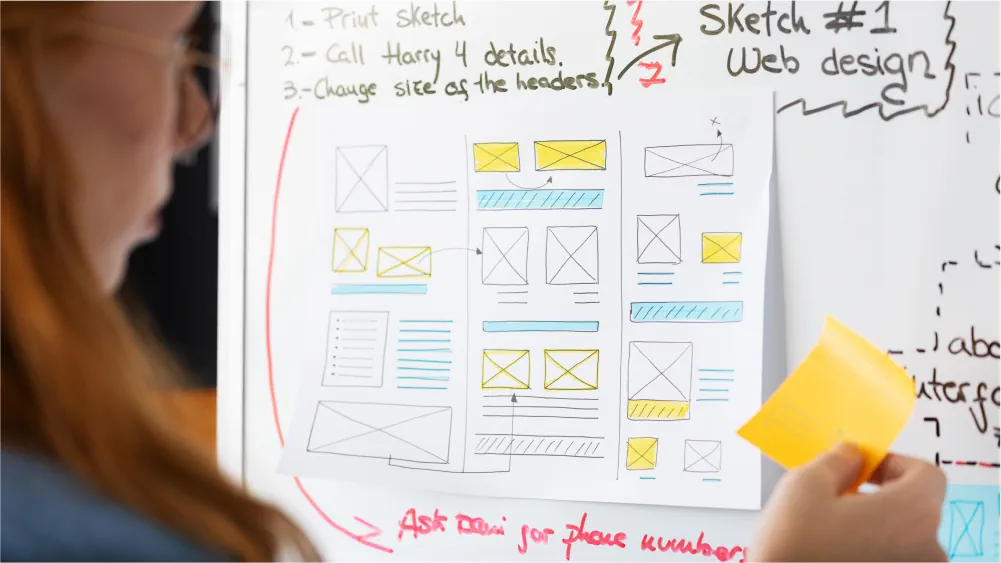
- Type: Quantitative
- How It Works: In a tree test, users are presented with a simplified version of the content hierarchy (without visuals) and asked to complete it from start to finish (no skipping allowed) by selecting the path they would follow.
- When to Use It: Tree testing is great for validating the effectiveness of your navigation structure and taxonomy before UI elements are fully designed.
- Pro Tip: Do not involve unnecessary or redundant tasks during tests. And be sure to respect participants’ privacy if you plan to record sessions.
A/B Testing
Known as split testing, A/B testing is a quantitative research method where two or more versions of a webpage, feature, or UI element are shown to different segments of users at the same time to determine which performs better based on predefined metrics (e.g., click-through rate, conversion rate, bounce rate).
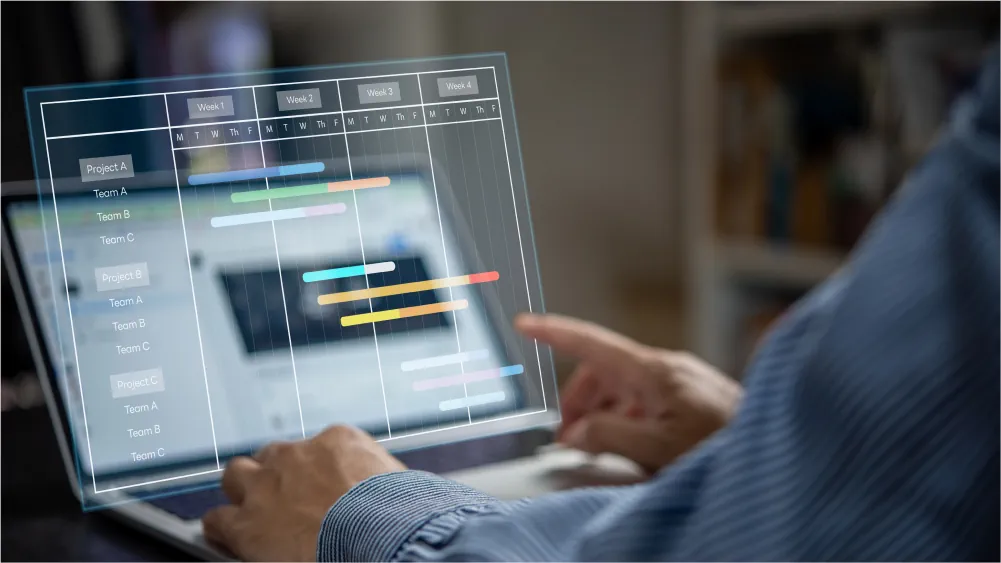
- Type: Quantitative
- How It Works: Users are randomly divided into groups: Group A sees version A (control), and Group B sees version B (variation). By analyzing behavioral data across these groups, product teams can make data-driven decisions about design choices, content, or functionality.
- When to Use It: A/B testing is popular in marketing; it is best suited for incremental improvements rather than exploratory insights. In UX design, it is best used in the later stages when you need to validate specific hypotheses or compare variations of a UI element (like buttons, headlines, or layouts) using real user data.
Remote Unmoderated User Testing
In this form of remote testing, participants complete usability tasks or interact with a digital product on their own, without a facilitator present, and typically from their own devices in their natural environment. Unlike moderated testing, where a researcher guides the session in real-time (often via video call), unmoderated testing is asynchronous and often automated using specialized testing platforms (E.g., Maze, PlaybookUX, UserTesting, or Lookback).

- Type: Quantitative/Mixed
- How It Works: Research participants access a test platform, complete assigned tasks (often using a prototype or live product), and submit feedback asynchronously via video, screen recordings, or written notes.
- When to Use It: This method is ideal when you need fast, scalable feedback from real users across different time zones or want to test with a broader participant pool.
Field Study
In many contexts, field study is also known as ethnographic research. This is a qualitative method where UX researchers observe and sometimes interact with participants in their natural settings rather than in a lab or controlled environment. Unlike lab-based studies, field research focuses on real-world usage, behaviors, tools, and constraints. Field studies provide rich qualitative insights and are foundational for creating human-centered, empathetic design solutions.
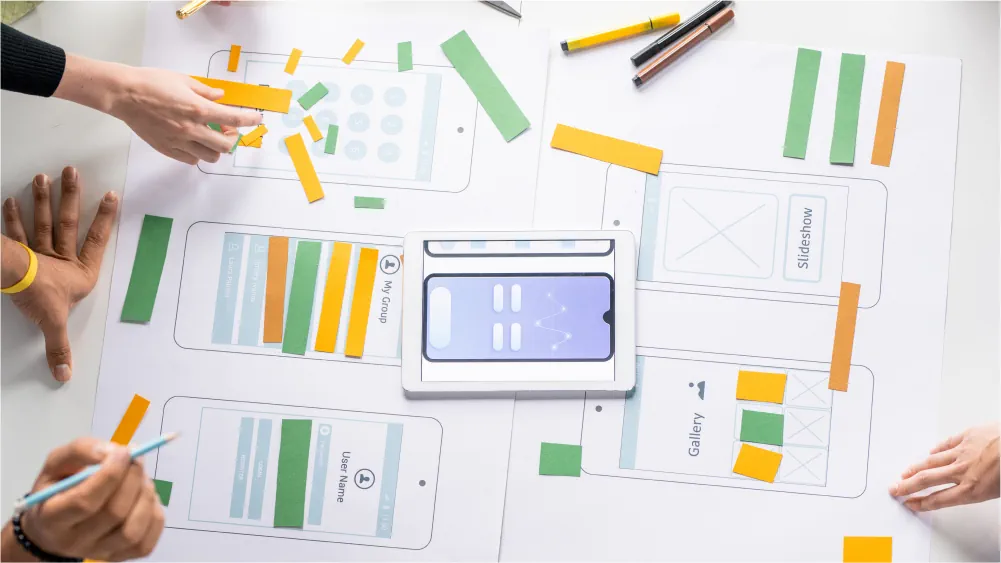
- Type: Qualitative
- How It Works: Researchers may take notes, record videos, or conduct onsite interviews to understand the full context of how users interact with a product, service, or system. Sometimes passive, sometimes participatory.
- When to Use It: Consider conducting field studies when designing complex systems, unfamiliar industries, or culturally nuanced user bases.
How to Decide the Right UX Research Method That Delivers Valuable Insights
In software design and development, UX research is indeed vital, but simply doing research is not enough. To truly drive value, you must use the right methods at the right stage. Note that the right methodology, when applied right, can help you channel focus toward the core user problems, streamline design decisions, and avoid wasting time and resources.
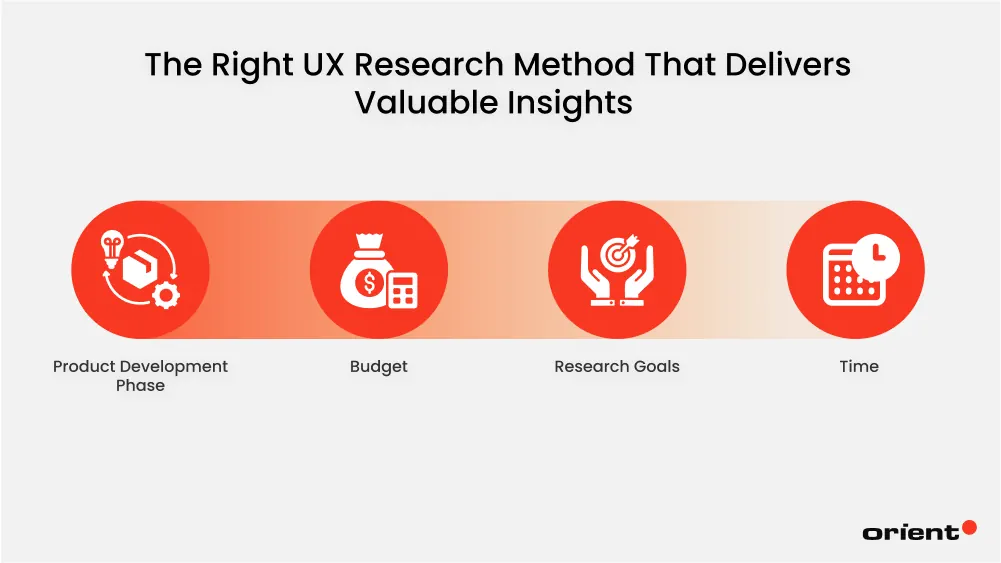
Selecting the most suitable research techniques depends on a combination of factors, including goals, product phase, budget, time, and available resources.
Product Development Phase
As aforementioned, different research methods fit into different stages of product design and development:
- Early Stage (Discovery & Ideation): Use exploratory methods like user interviews, contextual inquiry, focus groups, and card sorting to uncover user needs, mental models, and content expectations.
- Mid Stage (Design & Prototyping): Apply methods like usability testing, diary studies, and heuristic evaluations to refine designs based on how users interact with wireframes or prototypes.
- Late Stage (Validation & Optimization): Opt for scalable techniques such as surveys, A/B testing, tree testing, and remote unmoderated testing to validate assumptions and fine-tune performance before launch.
Budget
Consider methodologies that balance cost with the level of depth and accuracy needed.
- Low-Budget Options: Online surveys, card sorting, and five-second tests can offer valuable insights at minimal cost.
- Moderate to High-Budget Methods: User interviews, diary studies, and ethnographic research often require more investment in participant recruitment, facilitation, and analysis time.
Research Goals
It is important to match the research methods you choose with your objectives. This guides which methods are appropriate, as different techniques yield different types of insights. For example, you try to understand user pain points, validate a design, or measure satisfaction. Plus, choosing the right approach ensures the data you collect is relevant, meaningful, and actionable. So, you’d better clearly define what you want to learn first:
- To explore user needs or generate ideas: Use qualitative methods like interviews or focus groups.
- To identify usability issues: Opt for usability testing or heuristic evaluations.
- To validate and measure user behavior or satisfaction: Use quantitative methods like surveys, A/B tests, or analytics-based approaches.
Final Tip: When needed, consider combining multiple methods (also known as mixed-method research) to develop a more complete understanding of your users and their expected experiences.
Time
Align the chosen method with the speed of your development cycle to ensure that insights can be applied effectively.
- Quick Turnaround: Use card sorting, surveys, or unmoderated usability tests when time is limited.
- Time-Intensive Methods: Interviews, focus groups, and contextual inquiries provide deeper insights but require more time for planning, execution, and synthesis.
Conclusion
As technology continues to evolve at an ever-faster pace, it’s becoming clear that simply observing users is no longer enough, even if it ever was. UX development needs to evolve if it’s going to keep up with the pace. By weaving user research analysis into the software development lifecycle, you can build a product that is not only usable but loved for its intuitive and engaging user experience. Superior UX is becoming a key differentiator in the competitive software market, so you’d better make haste and take action to claim the edge for your own.
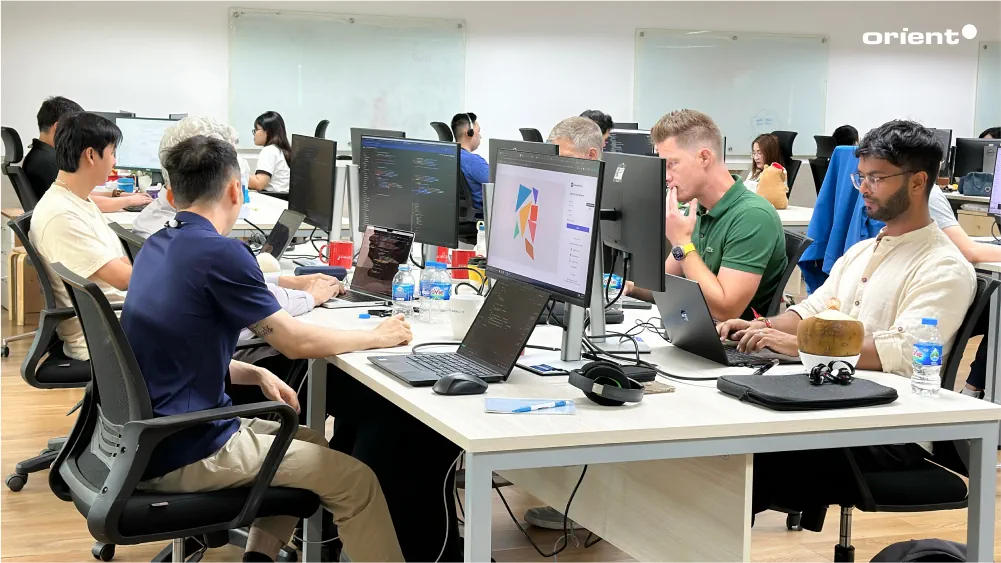
If you are looking to elevate your product’s user experience but are not sure where to start, our experts are at your service. At Orient Software, we have an elite team of UI/UX designers who bring user empathy, design expertise, and measurable impact to every project. Our specialists can ensure digital products not only look visually appealing but also function intuitively, align with user preferences, and drive meaningful engagement.

